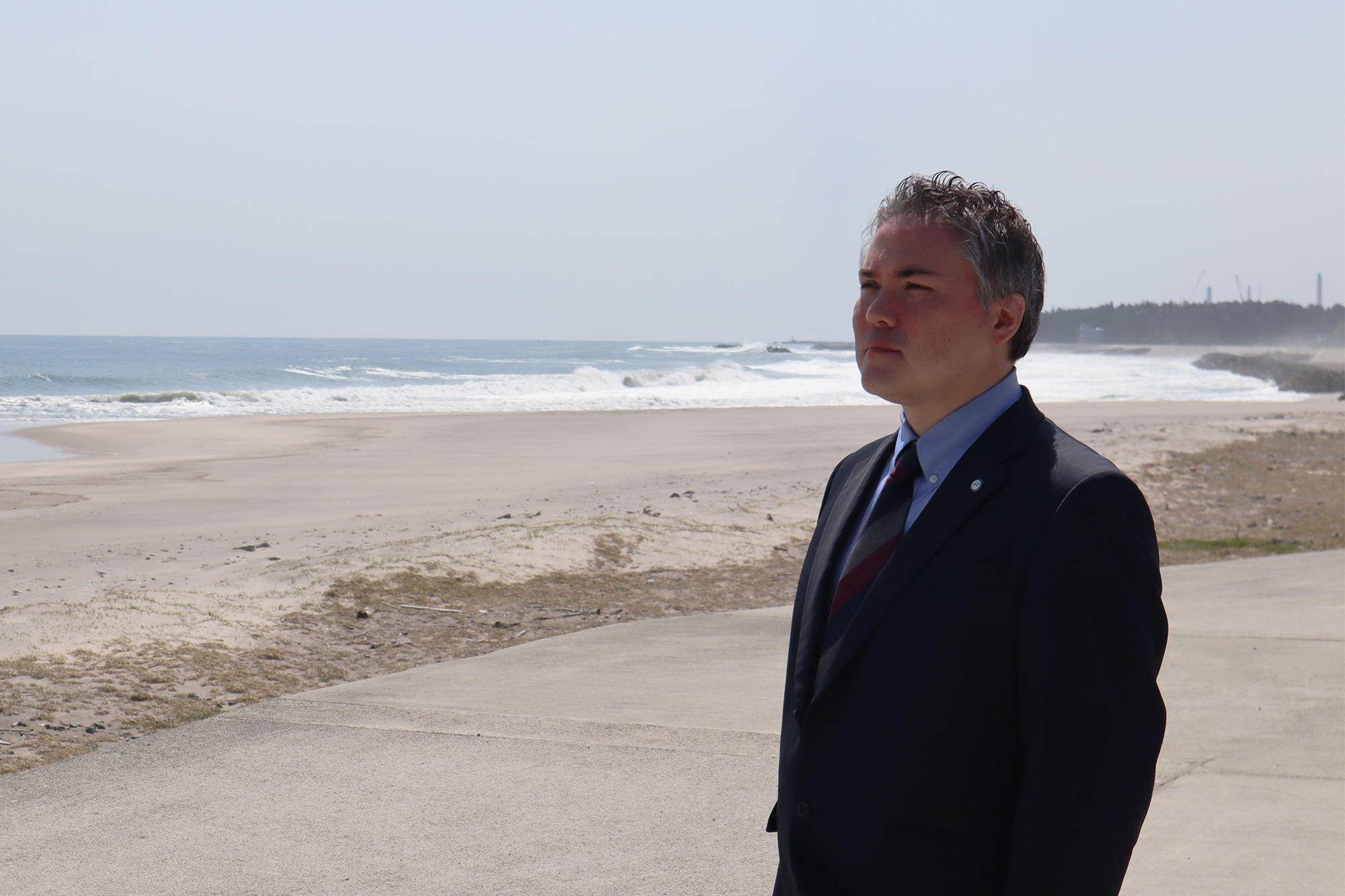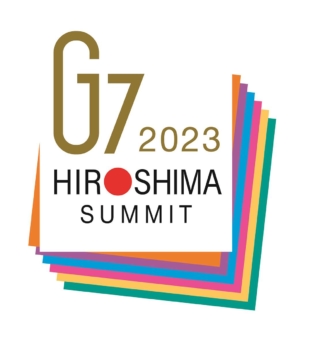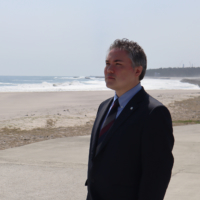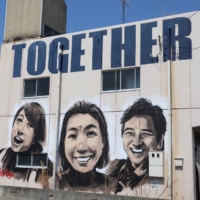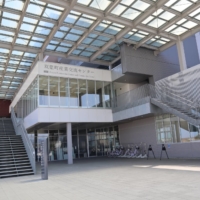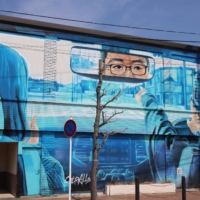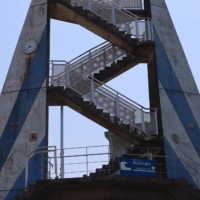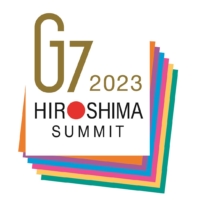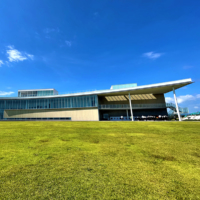At 2:46 p.m. on March 11, 2011, Japan was rocked for six minutes as a magnitude 9 megathrust earthquake struck about 70 kilometers off Miyagi Prefecture, spawning tsunami that would sweep across Japan’s Pacific coastline from Hokkaido to Chiba. Combined, the quake and tsunami left nearly 20,000 dead, more than 6,000 injured and around 2,500 missing.
But for residents of Fukushima Prefecture, the misery was compounded as the natural disaster also led to the failure of the cooling systems at the Fukushima No. 1 Nuclear Power Plant. The resulting reactor meltdowns, hydrogen explosions and release of radioactive materials would eventually force more than 150,000 people to evacuate their homes. Furthermore, the name Fukushima was now associated with nuclear contamination, a blanket assessment tainting everyone and everything throughout the prefecture regardless of reality.
But time does not stand still. While a restricted zone remains in place by necessity, more and more areas of Fukushima are reopening to those who wish to return to their hometowns — whether to live, recover mementos or something in between. Yet the gap between the tainted image many people in Japan and particularly overseas may have of Fukushima and the improved reality on the ground remains an issue.
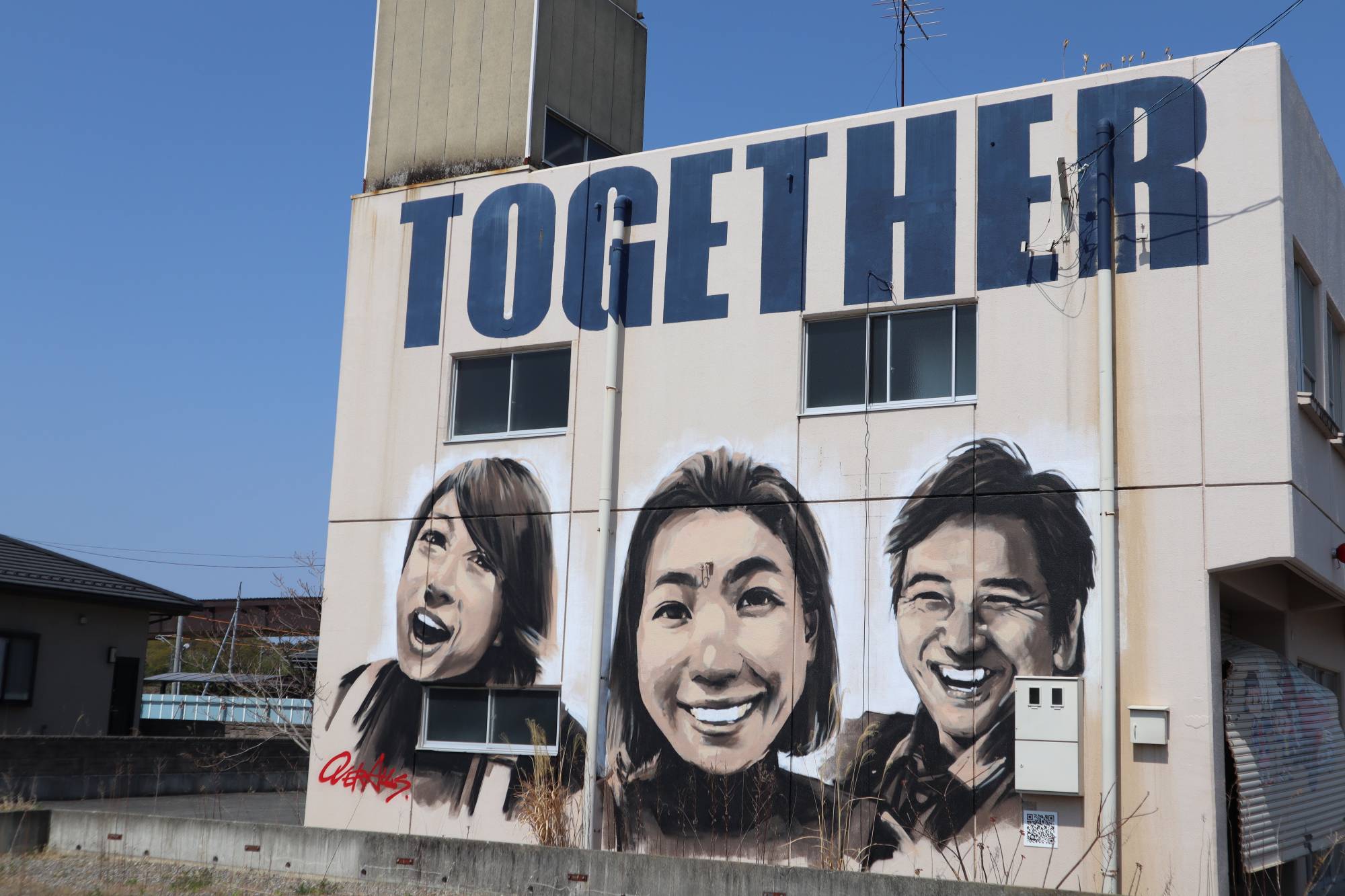
Strong resilience
In an attempt to close that gap, the idea of conducting educational tours was proposed in 2016 to raise awareness about conditions on the ground. Dubbed Hope Tourism, the program — which is run by the Fukushima Tourism and Local Products Association — has been bringing in people from around Japan to see the devastation firsthand and meet with local residents to hear their stories and see what is being done to bring its disaster-afflicted regions back to life.
“Programs like this are often called dark tourism. That’s because they go to places like Auschwitz or Hiroshima or Nagasaki, absorbing the dark lessons and passing (on) what they’ve learned,” explained Canadian William McMichael, a long-term Fukushima resident and associate professor at Fukushima University who has been closely involved with the project from its inception. “This program is called ‘Hope Tourism’ because they want people to see, listen and think (about) what’s going on, and through that they can feel the hope of the people who are once again living here.”
McMichael himself — currently a field partner to the Hope Tourism program — is an enthusiastic Fukushima booster. “Fukushima is such a wonderful place. The beauty, the people, the unique culture. For a foreigner interested in Japan, you can really experience a lot of different things,” he said. A Canadian with Japanese ancestry on his mother’s side and fluent language skills — McMichael first came to Fukushima in 2007 on the Japanese government’s Japan Exchange and Teaching Programme to work as a coordinator for international relations in the offices of the Fukushima Prefectural Government. “I first came here for purely work-related reasons. I had no idea where Fukushima even was! But I wanted an international experience at a grassroots level, so I convinced my wife that I wanted us to go. I was going to come for one year... but within weeks we just fell in love with it.”
After his JET contract ended, and wanting to get more involved in education, McMichael landed a position in autumn 2010 at Fukushima University in its Student Services Department. There, he was charged with laying the groundwork for establishing the Fukushima University International Center. Then disaster struck.
“We already knew and had been to many of the communities around here,” he said. “We saw what was happening to our friends, but we also saw firsthand the resilience of communities coming together. They hadn’t given up. We experienced this ourselves. People were really going out of their way to help each other, and they really reminded us of why we love it. But unfortunately, the international media especially was having trouble getting hard information and putting out stories based solely on what they were hearing. With all the misinformation out there, people thought Fukushima was gone and no one would ever live here again. That made me really angry, and so I wanted to pay them back in some way.”
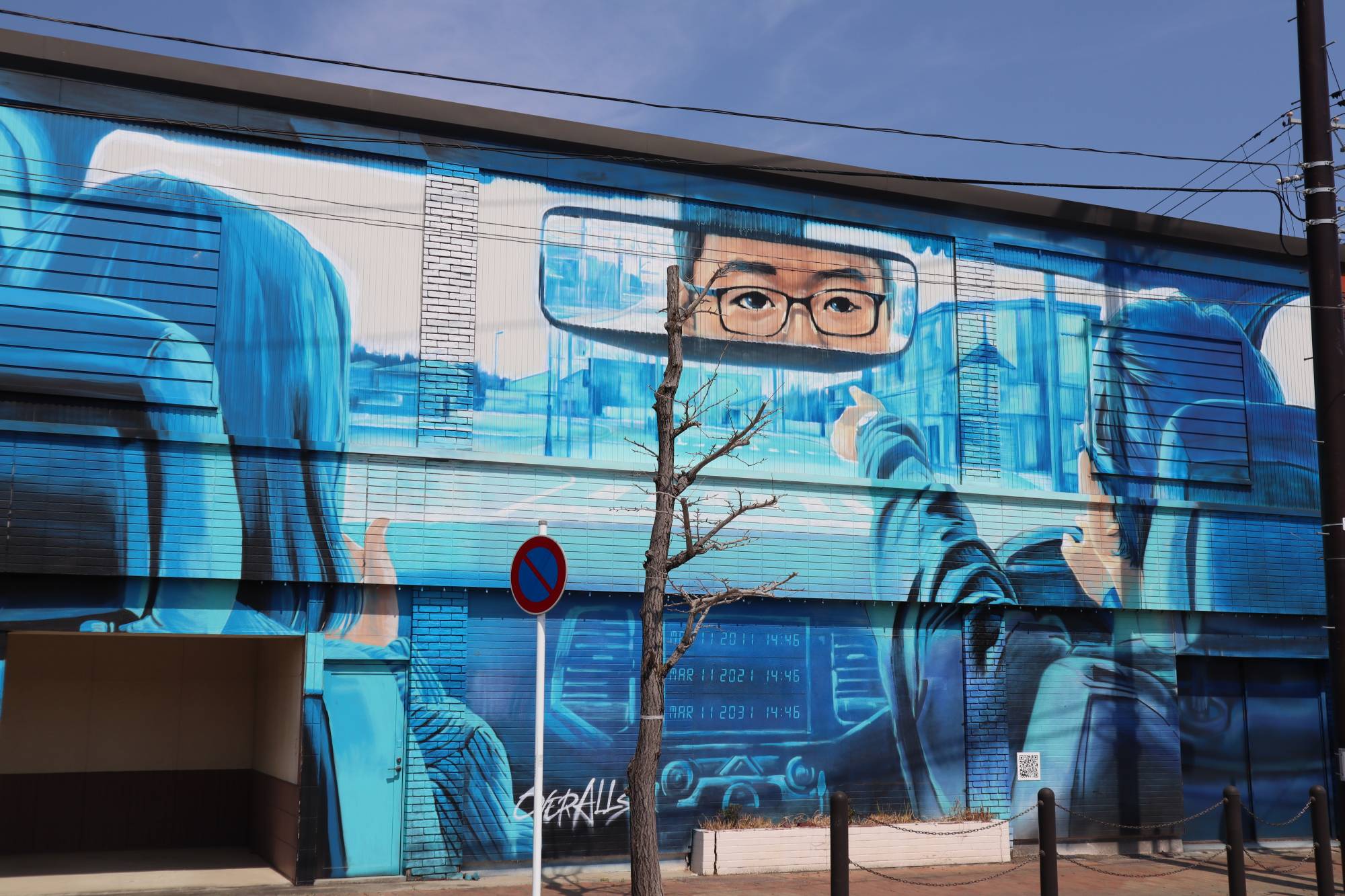
Look, hear, think
McMichael’s first opportunity to start paying back the people in the communities he loved came in 2012, when he was finally able to open the doors on the Fukushima University International Center. One of his first projects there was to create the Fukushima Ambassadors Program. Launched in May that year, the program brings both foreign exchange students and students from other parts of Japan to Fukushima.
“For the first few years,” McMichael said, “the goal was to get students to learn about Fukushima. However, starting around 2016 that changed to getting them to learn from Fukushima.”
To date, more than 200 exchange students have participated, along with around 700 from across Japan. The goal, McMichael said, is for those students who have participated in the program to become ambassadors for Fukushima who can explain from their personal experience what conditions are actually like.
The Hope Tourism program has similar goals. The aim is to lead participants on a three-step journey of “seeing, listening, and considering.” First, by visiting Fukushima, they can see for themselves what the actual negative and positive aspects of the situation are.
“Naturally, people have concerns about the nuclear disaster, and not without reason. But I think if people can come from overseas and see firsthand — they know what they were confused about before and so when they go home, they can think about what they’ve seen for themselves and then share (that) with others” McMichael said. “This is the great thing about Hope Tourism.”
The second step of the program is for visitors to listen. The Hope Tourism program brings in guest speakers ranging from disaster prevention experts to representatives of local fishing cooperatives. They talk about everything from the difficulties that Fukushima still faces, to the work that is already underway for rebuilding communities and resuming farming and fishing.
Finally, as the last step of the program, participants are invited to consider and think about what they’ve heard and seen. Fukushima still faces many challenges. While restrictions are being lifted for more and more areas, there are still places where radiation remains too high for people to stay for more than short periods. Communities were scattered by the evacuation, and many who could return, have for whatever reason, chosen not to. There also has been a loss of industrial infrastructure and energy problems remain a concern.
A local newspaper reported in April that the program set a record for participants in fiscal 2022 as 17,806 people took part in some 319 tours. Word about the tours is also spreading among educators, the paper reported. Specifically, 13,587 went for educational trips, while 4,219 (a 490% rise over the previous year) visited as part of corporate and other general groups. About 13,822 of the participants came from outside Fukushima, 2.5 times the number from the previous year.

On the road to recovery
The Hope Tourism program offers a basic one- or two-day tour on a set itinerary, as well as tailor-made day tours. The basic tour focuses on Fukushima’s coastal areas, where participants can learn about the effects of the quake, tsunami and nuclear disaster, and the progress made toward revitalization. One tour route passes through the town of Futaba, for example, which offers participants a chance to assess both.
One of the last communities to have its evacuation orders lifted, the area near Futaba Station is dotted with collapsing houses filled with wreckage and debris. The clock at the station is frozen at 2:46, and here and there along the streets one notices calendars that have gone untouched since March 2011. Once home to around 7,000 residents, today the town has around only 60, according to McMichael. Next, the route goes past the remains of Ukedo Elementary School in the town of Namie, where students evacuated just ahead of the tsunami, which reached the second floor. The vast new seawall that stretches across the coast just beyond is a reminder of the terrible power of nature.
Yet, at the same time, Hope Tourism participants will also see signs of revitalization. In Futaba, adjacent to the train station and its unchanging clock, there is a new community center called Station Plaza Futaba with displays about the ongoing reconstruction work and messages of encouragement from visitors. One zone near the station has become the Futaba Art District, with street art commissioned to decorate the walls of some of the buildings to bring color back to the town. And in 2020, the town opened the Futaba Business Incubation and Community Center, a facility that combines rental offices and conference rooms with a cafe, food court and restaurants to bring residents, visitors and businesspeople together. Next door to the FBICC stands the Great East Japan Earthquake and Nuclear Disaster Memorial Museum, which offers exhibits, lectures and oral history of the disaster. In the meantime, ongoing efforts in neighboring Namie include the opening in 2018 of the Fukushima Hydrogen Energy Research Field, the world’s largest facility for producing hydrogen using renewable energy as well as the establishment this April of the Fukushima Institute for Research, Education and Innovation.
Indeed, revitalization can be seen around the prefecture, perhaps best exemplified by a resurgence in exports of Fukushima products mainly to the U.S. and China. In 2021, Fukushima exports achieved a record high of ¥1.38 billion. This surge — 152% over the previous year — was driven by such goods as locally grown rice and flowers, sake from brewers around the prefecture, and handicrafts, such as woven goods. Indeed, on a plot near the FBICC, textile maker Asano Nenshi Co. this year opened a new mill for thread and towel products marketable in Japan and worldwide.
One of the most important things organizers hope visitors will take away from one of these tours, said McMichael, is that in some respects the problems that Fukushima is confronting are universal, rather than specific to the calamity. While the exact circumstances may differ, for example, many communities around Japan are dealing with rapidly graying and declining populations. The issue of how communities should respond and preserve their vitality is a universal one.
To date, Hope Tourism’s participants have mainly been students on field trips from other parts of Japan. “Students going back home and telling their classmates what they saw is honest and authentic,” he said.
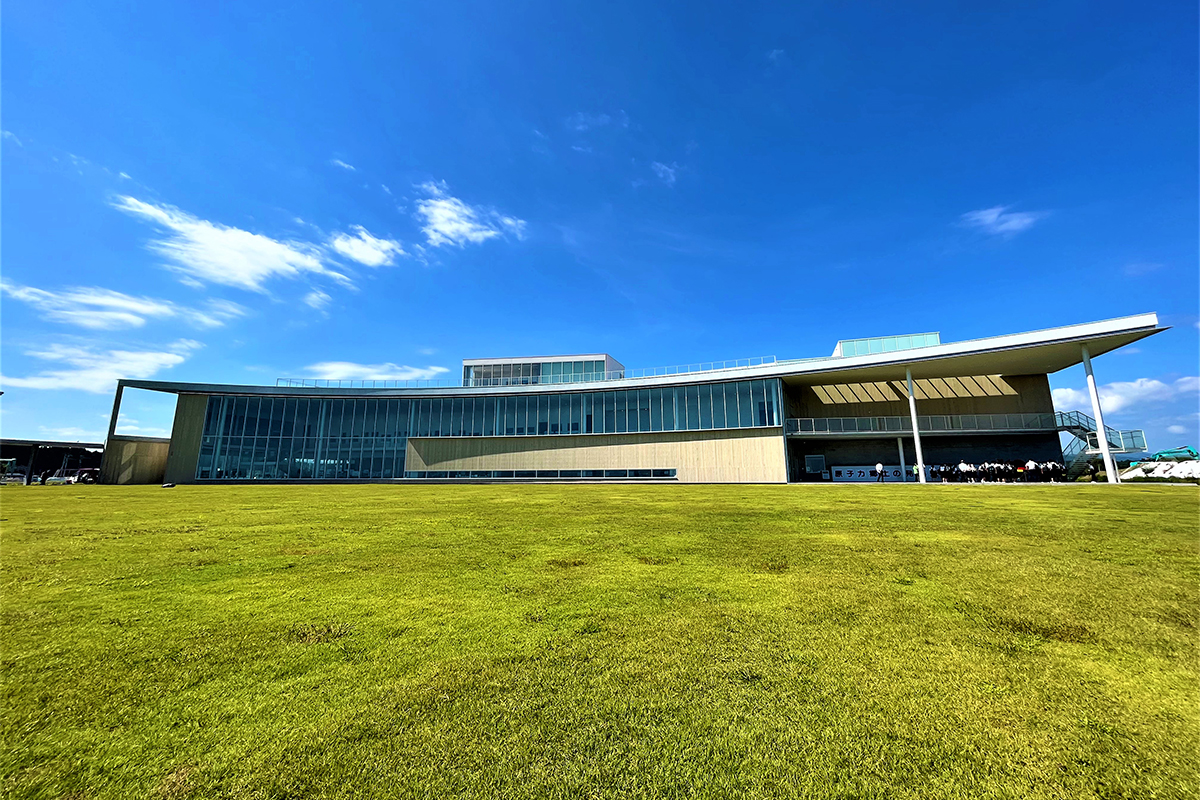
Open to more visitors
According to McMichael, the Hope Tourism program has also formed connections with the peace tourism initiatives undertaken in Hiroshima and Nagasaki, learning, for example, how Hiroshima trains its guides. “We’ve also learned how they use storytellers and how they archive those oral histories. We also had a project to learn from them about how they translated those histories,” he added.
McMichael helped Hope Tourism arrange a tour for a group from Hiroshima University that wanted to come to Fukushima to participate in a “Peace and Hope” tour to consider the commonalities of the two prefectures.
Starting this year, the Hope Tourism program plans to accept private travelers, rather than requiring that participants be part of a formal group, such as a school field trip. “We had wanted to start it earlier, but with COVID-19 restrictions it just wasn’t possible,” McMichael said.
With more opportunities for visitors to come, he added, it creates more ambassadors for Fukushima who can tell people back home about what they saw in their own words.
McMichael remains upbeat about Hope Tourism and about Fukushima. “My own hope is that people will learn to love Fukushima as much as I do,” he said. “The Japanese word for tourism combines the characters for ‘seeing’ and ‘light.’ I think that one has to see darkness as well in order to really see and appreciate the light.”
This page is sponsored by the government of Japan.



